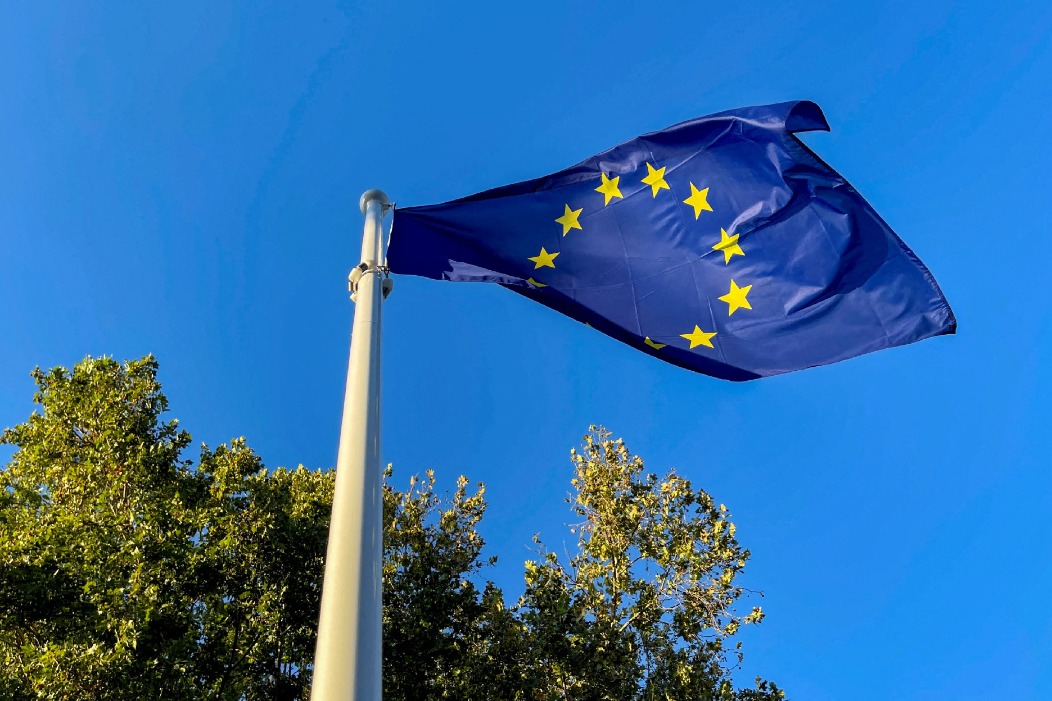ASEAN subregional grouping reaps rewards


For most consumers in the southernmost Philippine province of Tawi-Tawi, the East Malaysian state of Sabah is the main source of most food and consumer products.
Merchants from both sides have been sailing the Celebes Sea since the pre-colonial era and the practice continues to this day, owing to the proximity between the two areas.
The age-old trade is one of the factors that inspired leaders of the Association of Southeast Asian Nations to establish in 1994 a subregional group that aims to boost growth in some of the most neglected provinces in the region.
That grouping, the Brunei-Indonesia-Malaysia-Philippines East ASEAN Growth Area (BIMP-EAGA), was formally established on March 24, 1994, with then Philippine president Fidel Ramos hosting Brunei's Sultan Hassanal Bolkiah, the late Indonesian president Suharto and Malaysian Prime Minister Mahathir Mohamad.
Besides Brunei, BIMP-EAGA consists of provinces of three ASEAN countries: the eastern islands of Kalimantan, Sulawesi, Maluku and the southernmost province of West Papua in Indonesia; the eastern states of Sabah and Sarawak, and the federal territory of Labuan in Malaysia; and the southern island of Mindanao and the western island province of Palawan in the Philippines.
Twenty-five years on, the grouping is firmly established and playing a beneficial role.
Antonio Peralta, a former Philippine government official who helped establish BIMP-EAGA, said trade expansion among its members is one of the group's key achievements in the past two decades.
"Most of the trading activities occurred among businesses in Indonesia, Malaysia and Brunei because they have a shared border and have historical trading links," he said.
According to the joint statement issued in April 2017 during the 12th BIMP-EAGA Summit held in Manila, the combined GDP of the subregion grew at an annual average of 6.4 percent from 2010 to 2015.
Peralta once served as regional economic adviser to former president Ramos. It was Ramos who initiated the creation of BIMP-EAGA as he was then studying how to bring development to Mindanao.
Mindanao is a resource-rich area but was often neglected by the national government as it is geographically distant from Manila.
Peralta's study of the commodity flows between Sabah and Tawi-Tawi is one of the factors that sparked the creation of BIMP-EAGA.
Adriana Elisabeth, a researcher at the Jakarta-based think tank Indonesian Institute of Sciences, said a subregional grouping like BIMP-EAGA allows the national government to bring economic gains to "border" areas - far-flung provinces that are usually off the radar of the country's political and business centers.
Elisabeth said member economies of the subregion also focused on developing connectivity by building more infrastructure and communication links.
Analysts said that these achievements have spurred the area's leaders to be more ambitious in their goals.
The growth area has also extended its reach beyond Southeast Asia and sought China's support.
In a statement issued during his Nov 16 state visit to Brunei, President Xi Jinping said the country will "further enhance its cooperation" with the area.
A week after the state visit, Brunei hosted the first BIMP-EAGA-China Ministerial Meeting to discuss China's role in the subregional grouping.
Peralta said BIMP-EAGA reached out to China given that it is now one of the global economic powerhouses.
BIMP-EAGA leaders, he said, are looking into projects that are aligned with the Belt and Road Initiative.
China looks at subregional groupings like BIMP-EAGA as it complements its global development projects such as the BRI and the Asian Infrastructure Investment Bank, Elisabeth said.



































